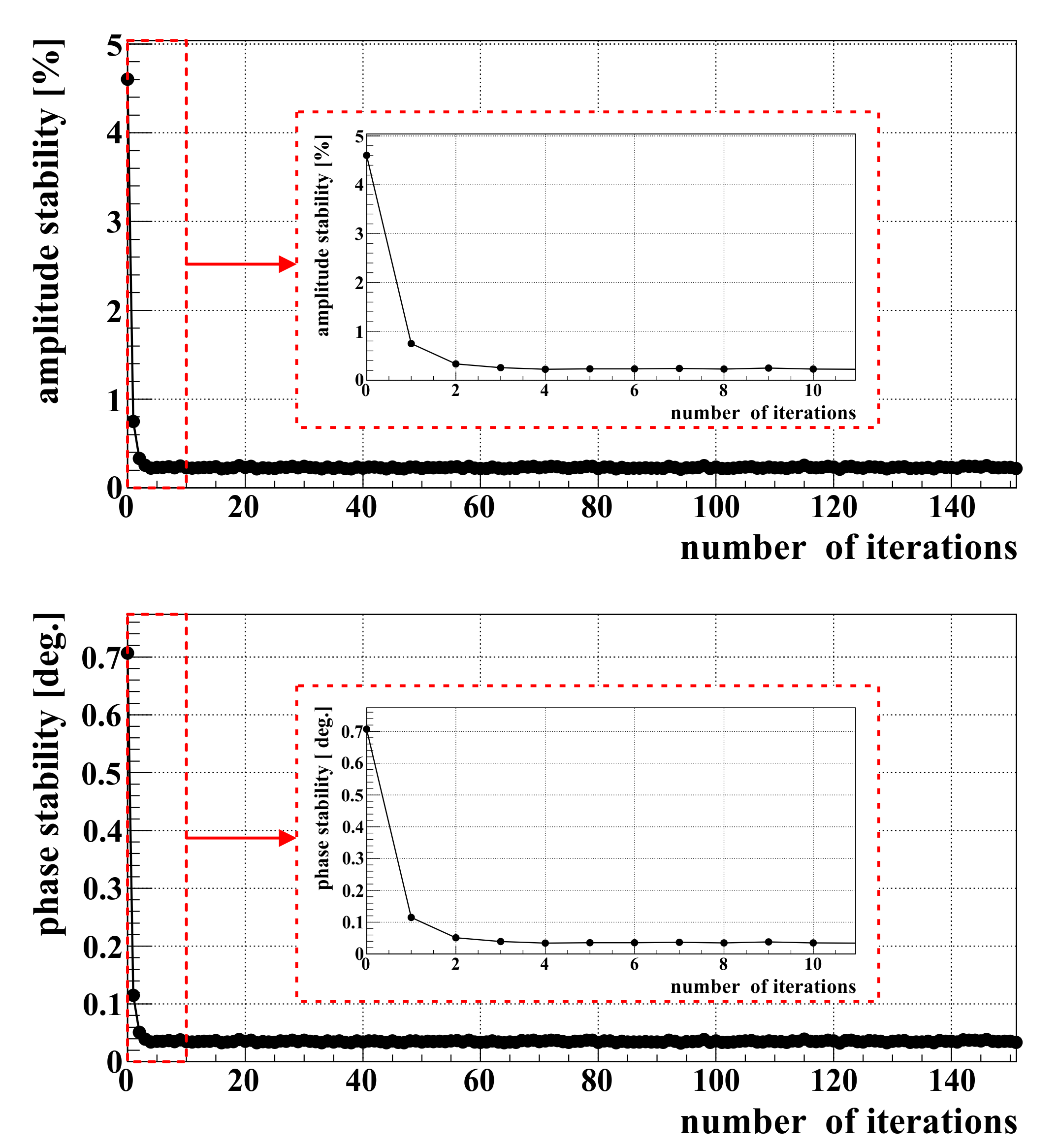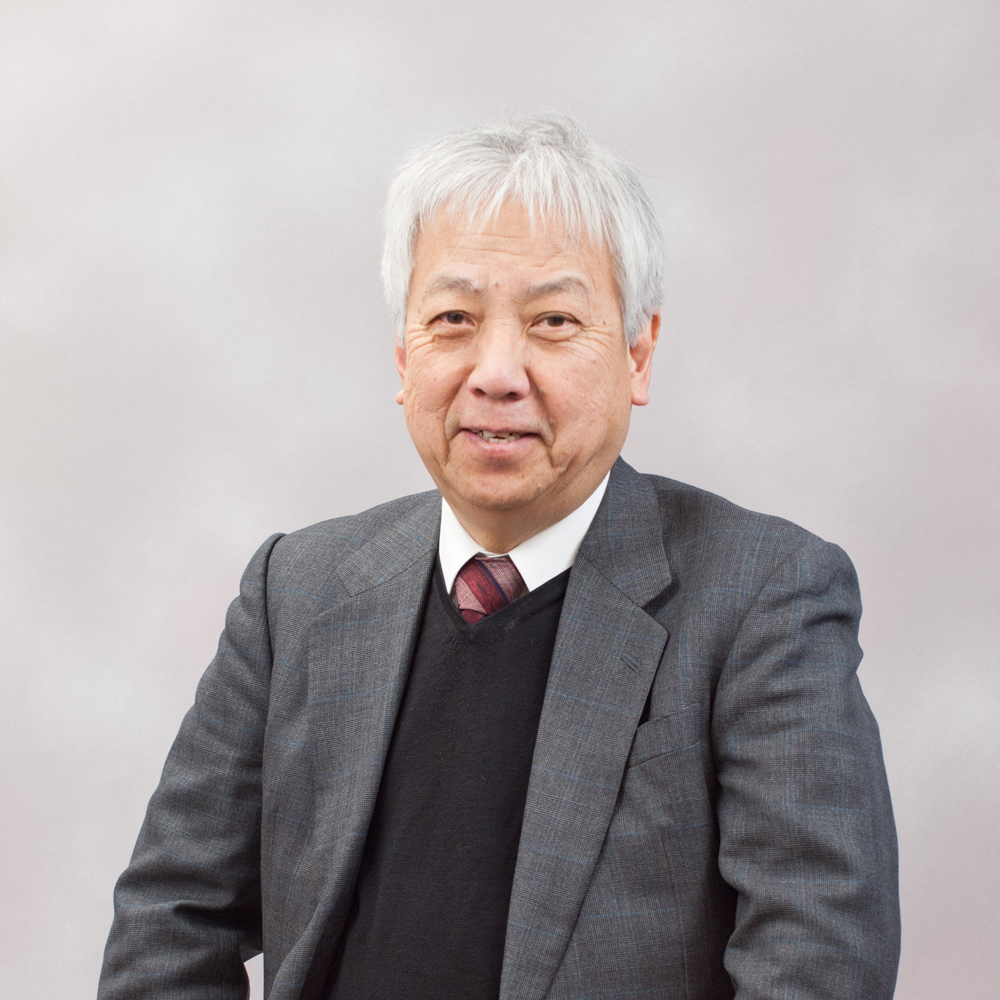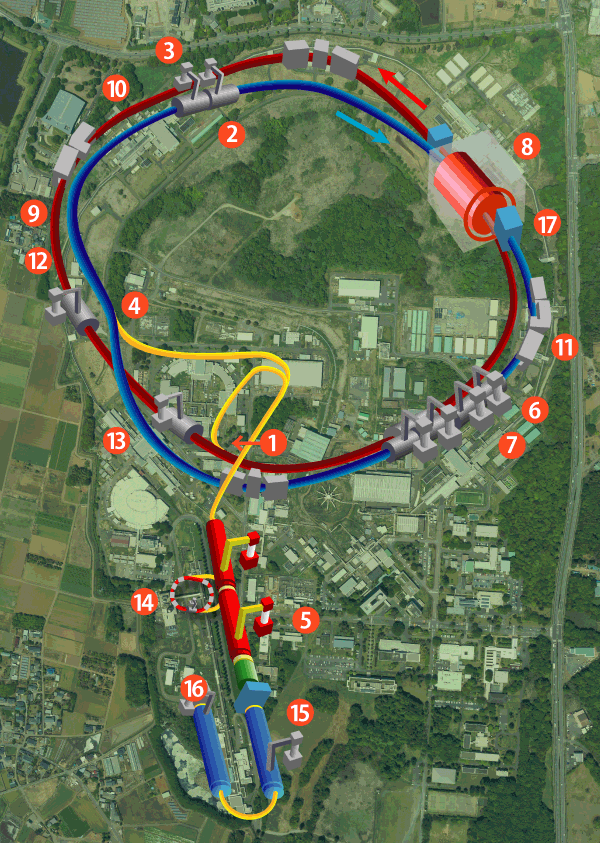Dr. Kenta Futatsukawa received the 19th Particle Accelerator Society of Japan Award for Technological Contribution, and Dr. Masakazu Yoshioka received the 19th Particle Accelerator Society of Japan Award for Distinguished Services.
![]() Dr. Kenta Futatsukawa and Dr. Masakazu Yoshioka of KEK received the 19th Particle Accelerator Society of Japan Award. The award ceremony and award lectures will be held at the 20th Annual Meeting of Particle Accelerator Society of Japan to be held from August 29th.
Dr. Kenta Futatsukawa and Dr. Masakazu Yoshioka of KEK received the 19th Particle Accelerator Society of Japan Award. The award ceremony and award lectures will be held at the 20th Annual Meeting of Particle Accelerator Society of Japan to be held from August 29th.
Dr. Kenta Futatsukawa
Research and Development of Beam Loading Compensation System for High-Current Pulsed Proton Linear Accelerators
Dr. Kenta Futatsukawa, associate professor at KEK/J-PARC, received the 19th Particle Accelerator Society of Japan Award for Technological Contribution for his work on “Research and Development of Beam Loading Compensation System for High-Current Pulsed Proton Linear Accelerators”. This award is given for outstanding technical contributions to the advancement of accelerator construction, operation, and utilization and to the development of manufacturing technology.
The low-level RF system has a function to control the electric field in the cavity for accelerating charged particles and plays an important role in accelerating high-quality beams. In accelerating high-current beams, as in the J-PARC linac facility, the beam loading affects the electric field in the cavity, so the function to compensate for the beam loading is important.
Existing beam loading compensation methods have a problem of not being able to adapt to changing beam conditions. He has developed a beam loading compensation system that can adapt to changing conditions with his extensive knowledge and experience in RF control. This new system can flexibly respond to changes in beam loading and is expected to contribute to more stable and efficient beam acceleration.

Dr. Kenta Futatsukawa (at the J-PARC linac tunnel).

Correlation diagram between the iteration number of parameter optimizations for beam loading compensation and the amplitude and phase stability of the electric field in the cavity. It is possible to obtain the optimal parameters in just two iterations.
Dr. Masakazu Yoshioka
The civil engineering, architecture, and equipment design that form the basis of accelerator facilities.
Masakazu Yoshioka, professor emeritus at High Energy Accelerator Research Organization / visiting professor at Iwate University and Iwate Prefectural University / representative director of the International Economic Policy Research Committee, received “the 19th Particle Accelerator Society of Japan Award for Distinguished Services” for his contribution to “the civil engineering, architecture, and equipment design that form the basis of accelerator facilities”. This award is given in recognition of long-term achievements in the construction, operation, development, application, and popularization of accelerators, and in making significant contributions to the development of the accelerator field.
In large-scale accelerator projects such as TRISTAN and J-PARC, about half of the total construction cost is spent on accelerator civil engineering, building construction, and facilities (electrical/mechanical) work. In addition, the accuracy required for civil engineering, construction, and facilities (electrical/mechanical) requires extremely advanced specifications for accelerators. Accelerator science is a natural science that pushes its limits, so the results that can be achieved by extending the experience and technology required for ordinary construction are not sufficient. For example, aging of tunnel floor deformation due to ground subsidence, etc., and floor vibration could greatly affect the quality of accelerator beams, even if they are only 0.1 mm.
Based on his extensive experience in accelerator construction, Dr. Yoshioka called these important civil engineering, construction, and facility works “accelerator civil engineering,” and established a systematic academic field. He has made efforts to promote researchers who are well-versed in both accelerator and civil engineering. Taking the example of floor deformation mentioned above again, normal civil engineering and construction do not require millimeter accuracy, and if such construction is required, it will result in a huge increase in cost. Dr. Yoshioka advocates that we should consider the tunnel construction, equipment frame adjustment (factory), and equipment installation (site) as a whole, and optimize it so that the sum of costs and man-hours is minimized. This is just one example, but there are many various elements in “accelerator civil engineering” that should be viewed from a bird’s-eye.
Due to his long experience, Dr. Yoshioka is still invited to various places to give many lectures, and he occasionally emphasizes the importance and necessity of this “accelerator civil engineering”. His ideas have also been passed on to the Particle Accelerator Society of Japan, and since 2006, a session on accelerator civil engineering has been set up at the annual meeting, where many presenters from companies participate every year and lively discussions are taking place. These accumulated experiences and technologies are expected to be of great help to the construction of accelerators in Japan and overseas.



